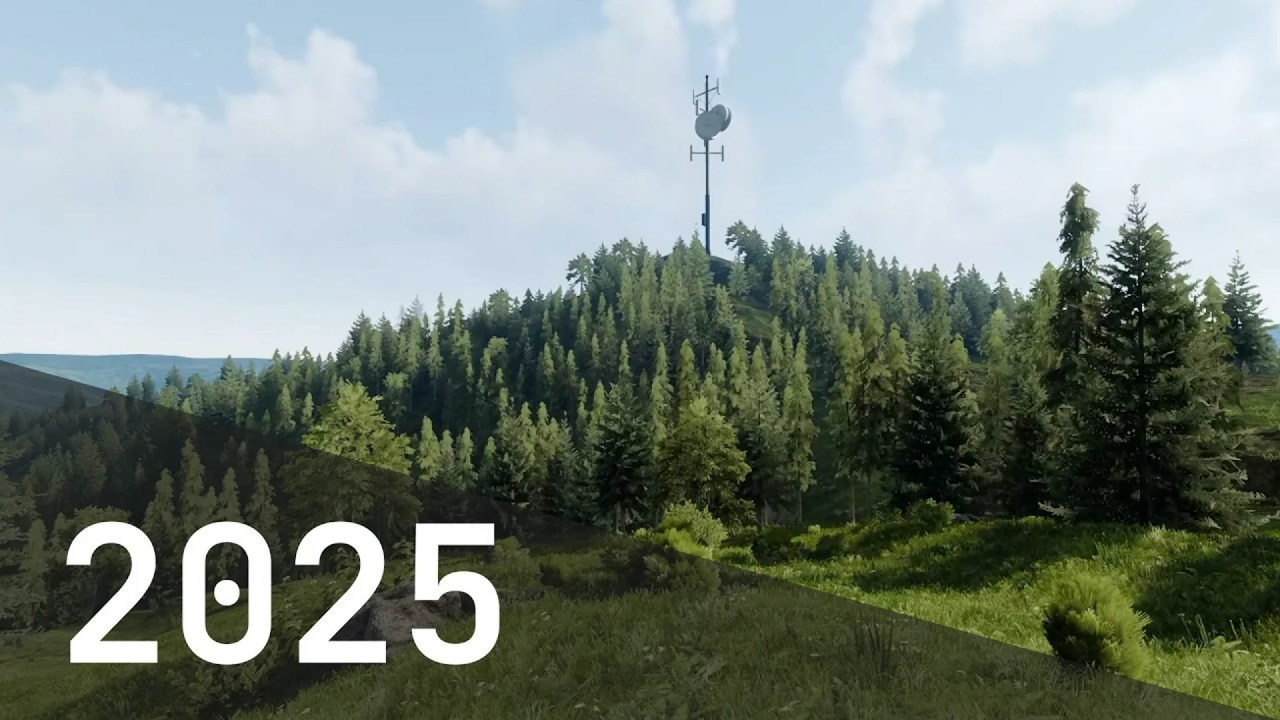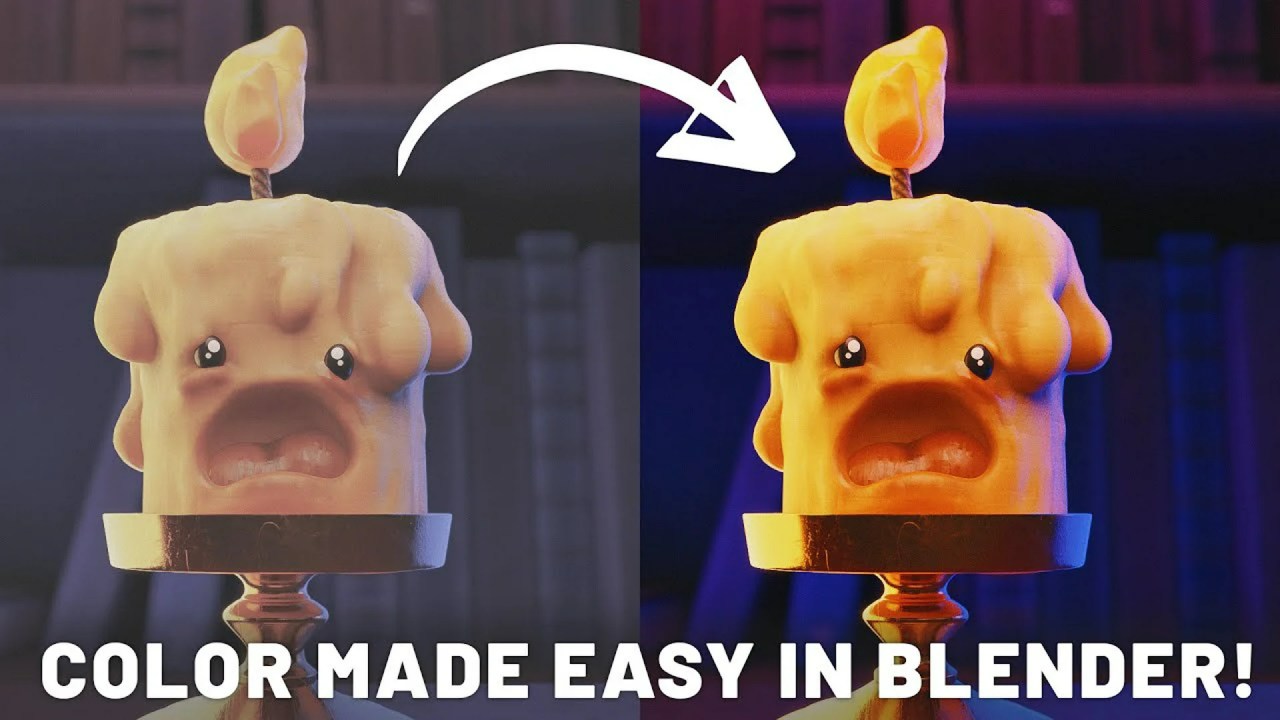Learn an efficient, non-destructive process for importing Blender Geometry Nodes into Godot 4.5. This approach streamlines scene creation with instanced assets, delivering complex visuals while preserving performance.
Building detailed game environments often requires juggling visual quality and runtime performance. Conventional techniques can bloat scene files and reduce frame rates, particularly when populating scenes with many small objects like grass or foliage. Fortunately, improvements in Blender and Godot have enabled much more efficient and adaptable pipelines.
In a concise yet informative video, creator Michael Jared shows a smart non-destructive workflow to transfer Blender’s Geometry Node instances straight into Godot 4.5. The process takes advantage of Blender’s procedural tools to craft elaborate scenes, which are then effectively optimized in Godot—giving developers and 3D artists a robust method for building environments. Since their introduction in Blender 2.92, Geometry Nodes have transformed procedural content workflows, enabling precise and flexible systems. Bringing those capabilities into Godot 4.5 represents a significant advancement for creators who want high visual fidelity without sacrificing performance.
The Blender Setup: Procedural Power
This workflow starts in Blender, where Michael demonstrates a scene with a ground plane populated by assets such as grass, trunks, and leaves. These elements are produced using straightforward yet powerful Geometry Node setups. The setups rely mainly on “instance on points” and distribution nodes, exposing parameters to control placement and density. A crucial optimization is that each Geometry Node network is based on a single base mesh. For instance, the grass consists of one central mesh, with Geometry Nodes instancing it across the ground plane, preserving an efficient, non-destructive pipeline.
Exporting to Godot: The Critical Setting
The key step occurs during the glTF export from Blender. In the export options, select “glTF separate” and include visible objects. The essential toggle is the “experimental nodes instances” option in the “Scene Graph” section. Once unreliable, this option now reliably ensures that Geometry Node instances are exported and retained correctly in the glTF, making it much easier to preserve scene structure and optimizations.
Godot’s Performance Prowess
Importing the glTF into Godot yields impressive results. Geometry node instances remain as instances instead of becoming duplicated meshes, producing highly optimized render metrics. Michael’s example shows roughly 1 million primitives (triangles) with only 34 draw calls. This efficiency owes much to Godot’s forward plus renderer, which is adept at batching draw calls. Import settings also allow features like auto-loading and automatic LOD generation, further helping manage performance and maintain smooth playback.
Although draw calls are minimal, the scene does include a large number of individual nodes—about 11,000 to 12,000—in the scene tree. The presenter mentions that initial low frame rates were traced to background programs like NVIDIA’s capture tools, OBS, or Blender running at the same time. After closing those resource-hungry apps, the scene ran substantially better (for example, 95 FPS on a laptop with an NVIDIA 3050 Ti), highlighting that this workflow performs well when system resources are focused on Godot.
Flexibility and Future Considerations
The non-destructive workflow is a major benefit. Edits in Blender can be re-exported and will update in Godot, simplifying iteration. While low draw calls are highly beneficial, the high node count in the scene tree could be a concern for extremely optimized productions. For those cases, Michael suggests an advanced route: creating a custom parser to convert nodes into direct rendering server calls, avoiding the overhead of many scene tree nodes. Nevertheless, for most detailed environment work, he finds this approach “totally usable” and “cool,” enabling rich visuals without compromising performance.
This pipeline provides a strong option for artists and developers building complex, high-performance scenes. By combining Blender’s procedural Geometry Nodes with Godot’s efficient rendering, creators can produce striking results while keeping optimization in check. Try this method to boost your game or interactive projects and explore its potential to expand your creative toolkit.



